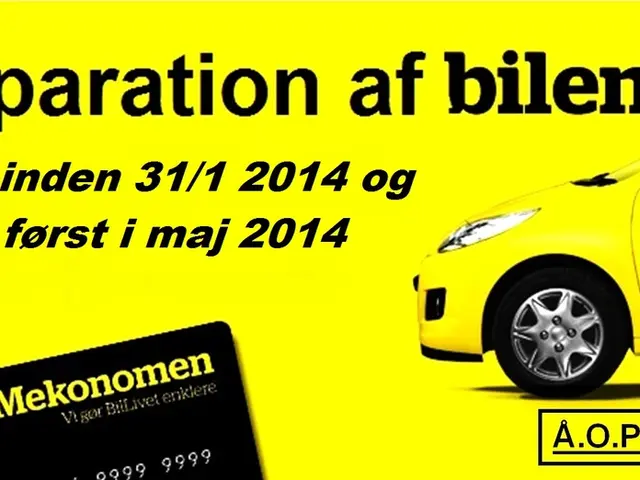Australian Mobile and Portable Device Road Regulations Explained
In the state of Victoria, new mobile device rules for drivers were introduced in 2023, aiming to reduce distracted driving and improve road safety. These rules apply to all drivers, including fully licensed, P1, P2, and learner drivers.
For fully licensed drivers, it is illegal to use a mobile phone while driving in any hands-on way. This includes holding the phone, touching it, using it even if it is off, turning it on or off, plugging in chargers, taking photos, or using any phone function. Mounted phones can only be used if they are completely hands-free and set up before driving. Wearable devices cannot be used to interact with a phone while driving.
P1 and P2 (Probationary) drivers face a zero-tolerance policy. They are not permitted to use any mobile device while driving, regardless of whether the device is mounted, unmounted, or wearable technology. This means they cannot use a hands-free setup either. The laws are stricter for P-plate drivers to reduce distraction risk.
Learner drivers must follow the same rules as P-plate drivers, with a specific focus on promoting higher safety standards. Learners must complete 150 hours of supervised driving, including night-time driving.
Penalties for illegally using mobile phones while driving are significant. Fully licensed drivers face a fine of approximately $593 and 4 demerit points. For P1 and P2 drivers, penalties are stricter, with no allowance for any device use and potential higher fines or demerit consequences as per updated statewide policies.
Mobile phone and seatbelt detection cameras operate across Victoria, capturing offences day and night under all conditions, using AI-enhanced imaging to enforce compliance. In the first six months of operation, these cameras caught 30,231 drivers using their mobile phones while driving. The latest available data (July 1 to September 30 2024) reported 6,905 drivers using their mobile while driving.
If you are a learner, P1, or P2 driver, it is best to set up your GPS or navigation system before starting your journey. While driving, you must put your unmounted mobile device out of reach and sight, even if it is switched off. You are not permitted to use your unmounted mobile device for any purpose at all while driving, and you must pull over and be parked to use it.
For fully licenced drivers, a smart watch can be used for voice controls to operate an audio player or receive phone calls, but not for navigation or any other purpose. If you are a fully licenced driver and must use your phone, it is recommended to use a hands-free device or bluetooth technology to make and receive calls without taking your hands off the wheel. All drivers must safely park and turn off their vehicle before placing a phone call with an unmounted mobile device.
All drivers must not look at a mobile or wearable device that's being operated by a passenger. Distracted driving is a serious issue that can lead to accidents, and safety should always be the top priority when using your mobile device while driving.
Victorian authorities are strengthening laws and enforcement penalties to reduce mobile phone-related crashes. These rules apply even when stopped in traffic or at lights, emphasizing safety and minimizing distracted driving risks.
In the context of Victoria's driving laws, a person's lifestyle can be significantly impacted by the strict restrictions placed on mobile phone use while driving, as all drivers are prohibited from using their devices in any hands-on way, with P1 and P2 drivers facing a zero-tolerance policy. Technology, specifically the use of mounted or wearable devices, is empowering authorities to enforce these rules through the use of mobile phone and seatbelt detection cameras, which have captured thousands of offences since their implementation.




